Hi folks and Happy New Year! :
This is my first post here so here goes....
Ive been brewing AG with plastic kit and cooler-box style equipment for a while now and am building my first all metal (and 2x larger) mash tun. Im having a few problems with it though and im hoping you can help me a little with it.
The main problem I have is heat loss from the mash tun. It seems no matter how much insulation i put around the mash tun, it still bleeds far too much heat. Its a 50L aluminium stock pot which i got of flea bay a while back which ive fitted with tank adaptor, S/S mash filter screen and a copper pipe recirculation system powered by a totton pump.
The sides are insulated with: 1 layer of 10mm camping mat, 1 x cold water tank jacket, 1 x hot water tank jacket on its sides
The base has: 1 x 10mm camping mat layer, 3 x cloud9 carpet underlays (~8mm each i think) and 2 x foil layers for its base, and the mash tun sits on a wooden footstool
The (aluminium) lid has 2 cloud9 layers. 1 foil layer and two cylinder jackets folded on top of it.
The typical heat loss i am getting are like this:
0mins 84oC,
5 mins 79.9
10 mins, 78.4
15 mins 77.2
20 mins 76.8
25 mins 76.4 and then loses 0.4 oC every 5 minutes therafter, finishing at 70.3 at 90 minutes (!)
As you can see, this is far too much. I did the test with plain water but I have done a test mash on it (i made a cheeky little mild) and the grains made little difference to the heat loss (76.4 to 69.7 after strike, dropping to 67.0 after 90 mins (63 oC on edges)
Any ideas on what I could do? Ive tried all sorts of materials and combinations but i dont seem to be getting anywhere.
Im starting to suspect that the majority of the heat loss is through the lid. The insulation on the sides and base feels cold to the touch, so if anything, it must be that, although i cant feel any heat coming through the lid insulation either. How much insulation do people use and what material? plastic, wood, S/S? Is there a minimum mash volume to mash tun ratio? Im typically putting in 10-15L water to mash-in (as you do for a typical 23L batch) which means that nearly 3/4 of the tun is air. Do you think this is causing it? Did anyone else find this effect when you scaled up?
Any help would be appreciated. Ill try to post some pics tomorrow to illustrate all that :thumb:
Cheers

This is my first post here so here goes....
Ive been brewing AG with plastic kit and cooler-box style equipment for a while now and am building my first all metal (and 2x larger) mash tun. Im having a few problems with it though and im hoping you can help me a little with it.
The main problem I have is heat loss from the mash tun. It seems no matter how much insulation i put around the mash tun, it still bleeds far too much heat. Its a 50L aluminium stock pot which i got of flea bay a while back which ive fitted with tank adaptor, S/S mash filter screen and a copper pipe recirculation system powered by a totton pump.
The sides are insulated with: 1 layer of 10mm camping mat, 1 x cold water tank jacket, 1 x hot water tank jacket on its sides
The base has: 1 x 10mm camping mat layer, 3 x cloud9 carpet underlays (~8mm each i think) and 2 x foil layers for its base, and the mash tun sits on a wooden footstool
The (aluminium) lid has 2 cloud9 layers. 1 foil layer and two cylinder jackets folded on top of it.
The typical heat loss i am getting are like this:
0mins 84oC,
5 mins 79.9
10 mins, 78.4
15 mins 77.2
20 mins 76.8
25 mins 76.4 and then loses 0.4 oC every 5 minutes therafter, finishing at 70.3 at 90 minutes (!)
As you can see, this is far too much. I did the test with plain water but I have done a test mash on it (i made a cheeky little mild) and the grains made little difference to the heat loss (76.4 to 69.7 after strike, dropping to 67.0 after 90 mins (63 oC on edges)
Any ideas on what I could do? Ive tried all sorts of materials and combinations but i dont seem to be getting anywhere.
Im starting to suspect that the majority of the heat loss is through the lid. The insulation on the sides and base feels cold to the touch, so if anything, it must be that, although i cant feel any heat coming through the lid insulation either. How much insulation do people use and what material? plastic, wood, S/S? Is there a minimum mash volume to mash tun ratio? Im typically putting in 10-15L water to mash-in (as you do for a typical 23L batch) which means that nearly 3/4 of the tun is air. Do you think this is causing it? Did anyone else find this effect when you scaled up?
Any help would be appreciated. Ill try to post some pics tomorrow to illustrate all that :thumb:
Cheers




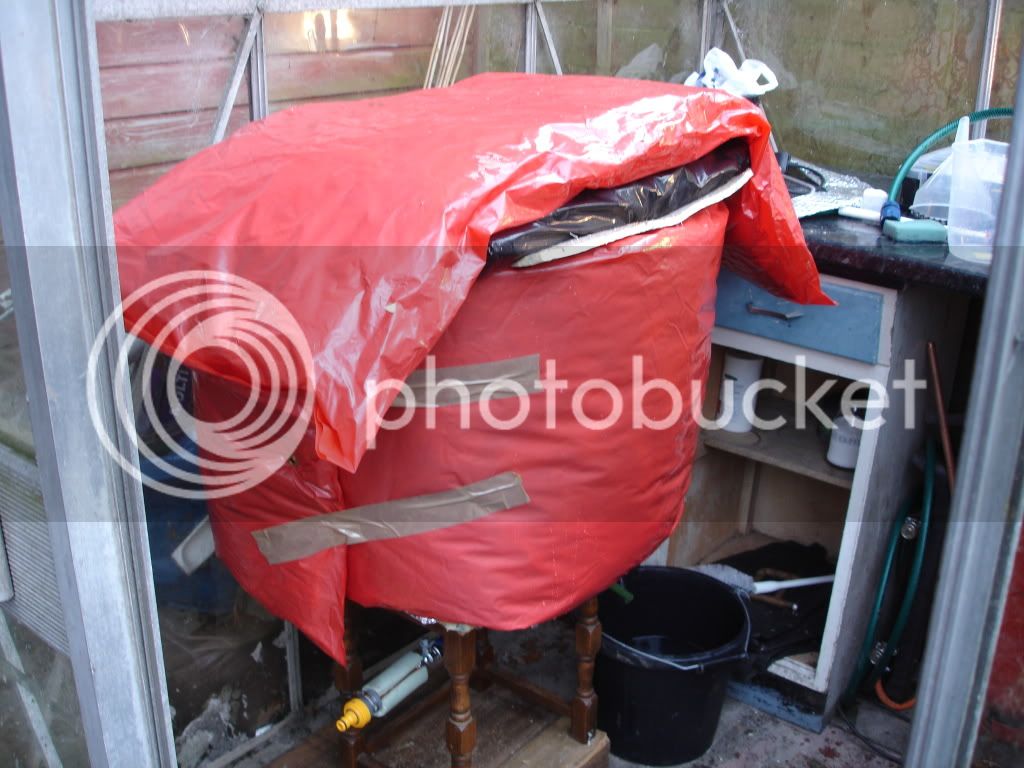
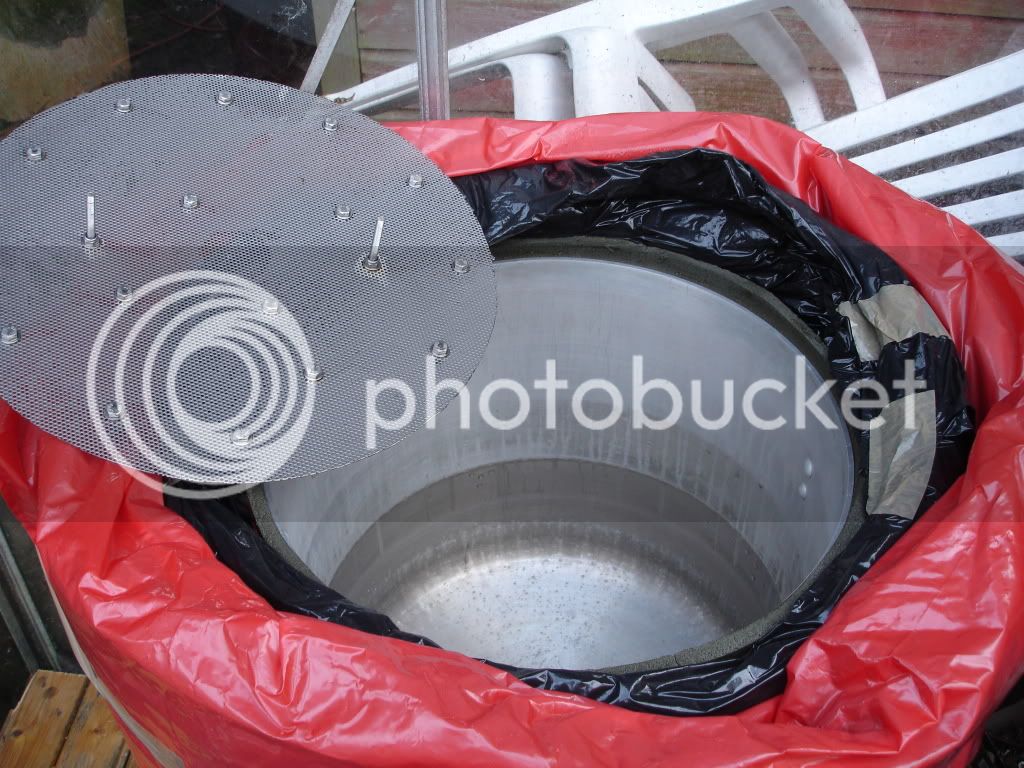
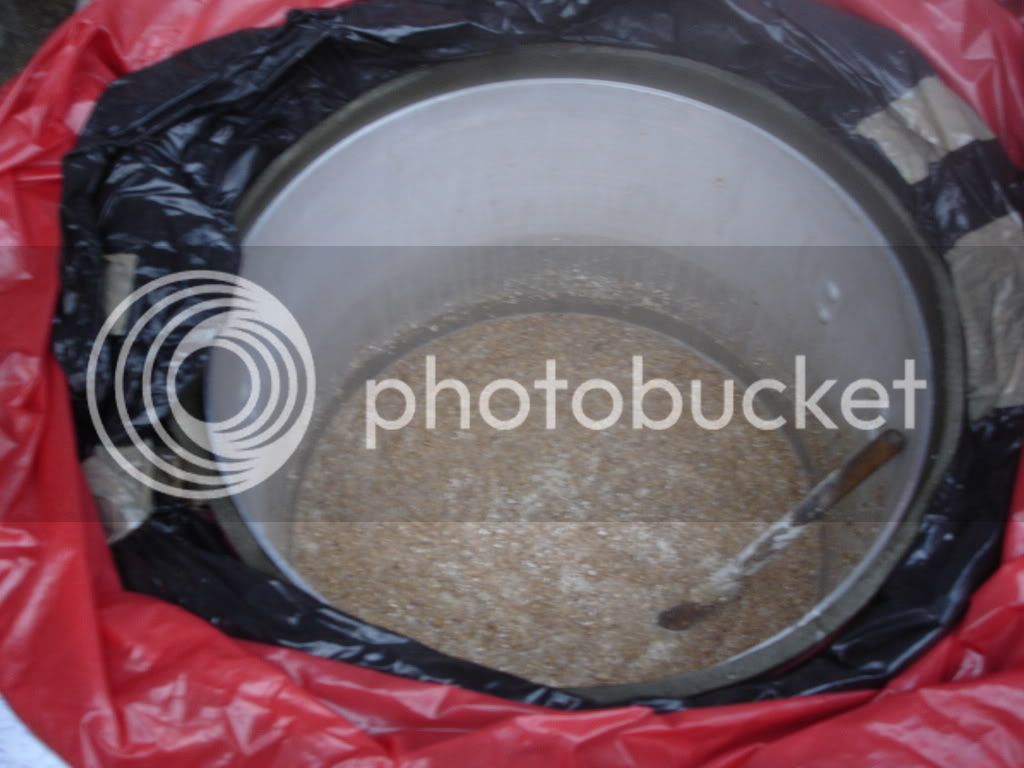
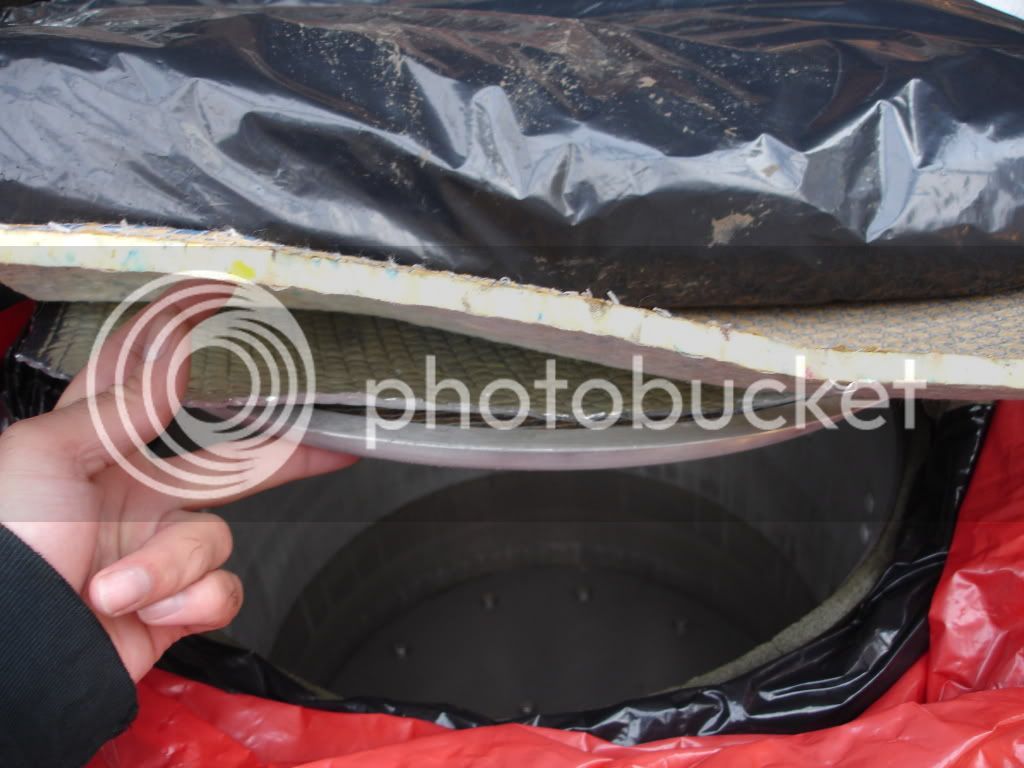
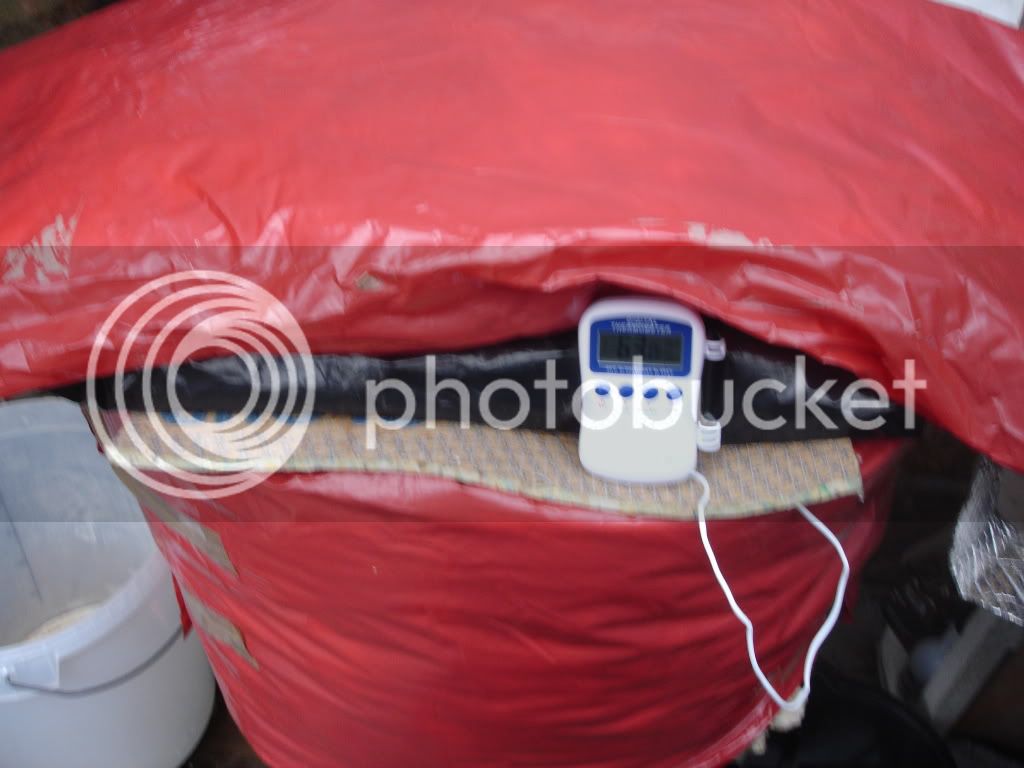
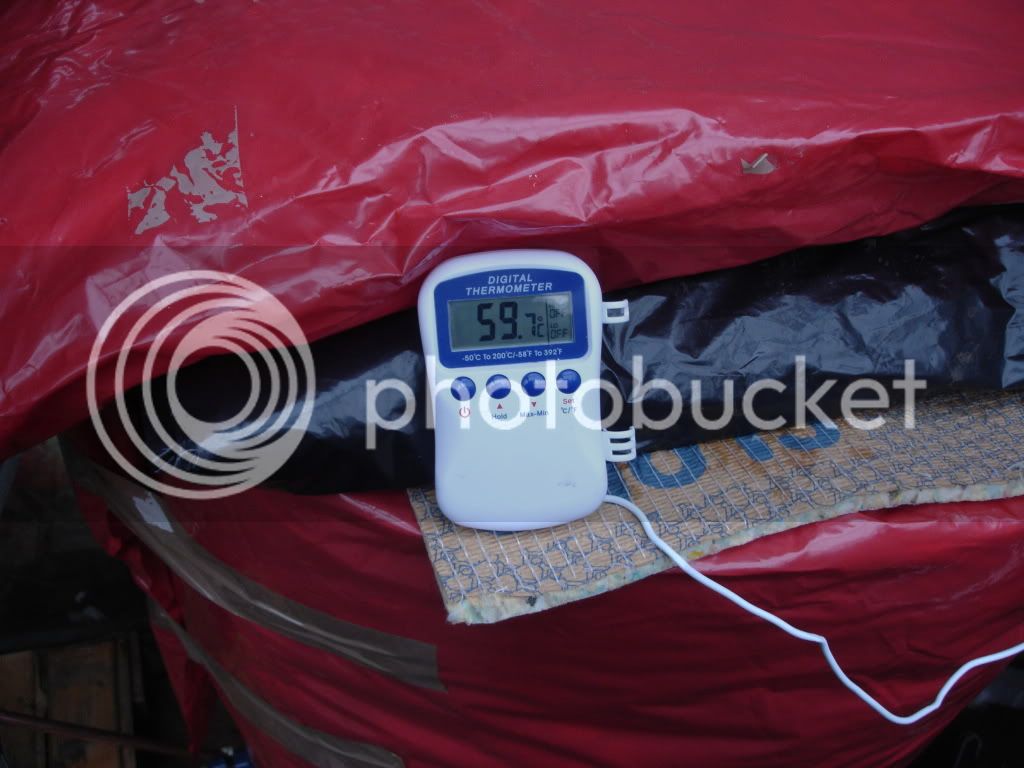
 ). Its obvious now, looking back on the notes, that it must have been lost heating up the transfer line. I'll preheat it next time.
). Its obvious now, looking back on the notes, that it must have been lost heating up the transfer line. I'll preheat it next time.